Elevating Efficiency: The Lift Table Redefining Material Handling
Date Posted:8 July 2024
In the ever-evolving world of logistics and material handling, the lift table stands as a testament to the power of innovation and efficiency. Its ability to streamline operations, enhance safety, and promote versatility makes it an indispensable tool for
In the bustling world of warehouses, factories, and distribution centres, efficiency is paramount. Every task, every movement, must be optimized to ensure smooth operations and timely deliveries. Enter the lift table, a versatile and indispensable tool that has revolutionized the way heavy loads are lifted, lowered, and maneuvered in industrial settings across Australia. With its robust construction, customizable features, and ergonomic design, the lift table offers a practical solution for a wide range of material handling tasks. In this article, we explore the features, benefits, and impact of the lift table on modern-day logistics and material handling.
Raising the Bar on Functionality
At its core, a lift table is a hydraulic or electric-powered platform designed to raise and lower heavy loads with precision and ease. Typically constructed from durable materials such as steel or aluminium, these tables feature a flat surface supported by scissor or telescopic mechanisms, allowing for vertical movement of goods. With their adjustable height and weight capacity, lift tables are capable of lifting loads ranging from a few hundred kilograms to several tonnes, making them indispensable tools for industries ranging from manufacturing and automotive to warehousing and construction.
Streamlining Operations
In the fast-paced environment of industrial facilities, time is of the essence, and efficiency is paramount. Lift tables excel in this regard, offering a streamlined solution for lifting, lowering, and maneuvering heavy loads with minimal effort. With their smooth-acting hydraulic or electric mechanisms, these tables allow operators to precisely position loads at the optimal height for loading, unloading, or assembly tasks, reducing the risk of injuries and improving productivity in busy work environments.
Versatility Unleashed
One of the most compelling aspects of lift tables is their versatility. Unlike traditional material handling equipment such as cranes or forklifts, lift tables can handle a wide range of loads, from palletized goods and machinery to vehicles and industrial equipment. Their flat and expansive platform provides ample space for securing loads of various shapes and sizes, making them indispensable tools for industries ranging from manufacturing and automotive to warehousing and construction.
Safety First
In any material handling task, safety is paramount, and lift tables are designed with this principle in mind. Many models feature safety features such as safety rails, interlocking mechanisms, and emergency stop buttons to prevent accidents and injuries during operation. Additionally, ergonomic controls and anti-slip surfaces ensure that operators can maneuver the lift table safely and comfortably, even when handling heavy loads or operating in tight spaces.
Customizable Solutions
In today's dynamic industrial environments, one size does not fit all, and lift tables offer a customizable solution to meet the unique needs of different industries and applications. From size and weight capacity to height and control options, lift tables can be tailored to suit specific requirements, ensuring seamless integration into existing workflows and processes. Whether it's a small-scale manufacturing operation or a large-scale distribution centre, lift tables provide a flexible and scalable solution for lifting and handling heavy loads with ease.
Environmental Considerations
As sustainability becomes an increasingly important consideration in modern business practices, lift tables offer a more eco-friendly alternative to traditional material handling equipment. Made from durable and recyclable materials, such as steel or aluminium, these tables have a lower environmental impact compared to equipment made from non-renewable resources. Furthermore, their energy-efficient hydraulic or electric-powered mechanisms consume less energy and produce fewer emissions, further reducing their overall environmental footprint.
In the ever-evolving world of logistics and material handling, the lift table stands as a testament to the power of innovation and efficiency. Its ability to streamline operations, enhance safety, and promote versatility makes it an indispensable tool for businesses across Australia. As we continue to strive for more sustainable and efficient material handling solutions, lift tables will undoubtedly remain a trusted companion in the quest for productivity and profitability in the modern workplace.


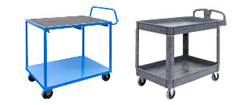

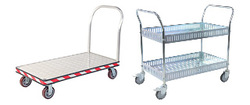
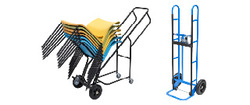
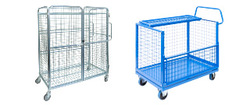
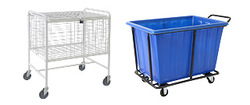
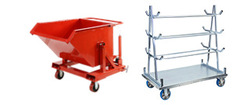
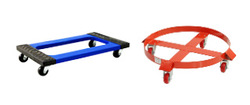
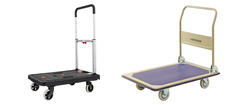
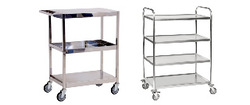
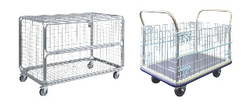
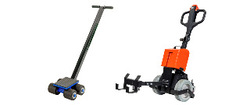
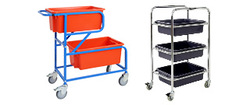
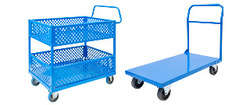
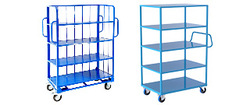
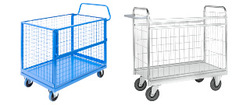
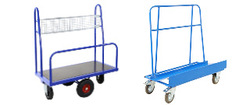
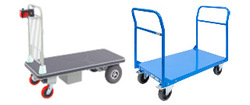
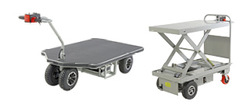
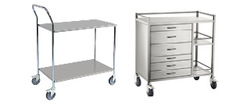
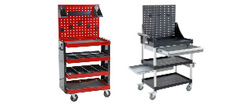
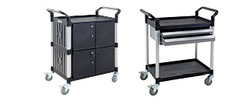
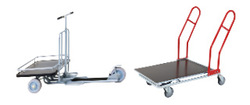
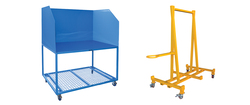



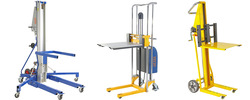



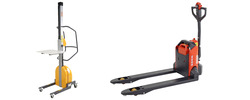
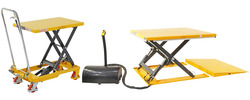
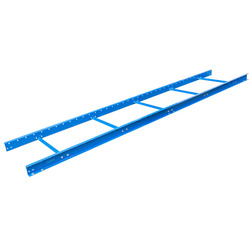
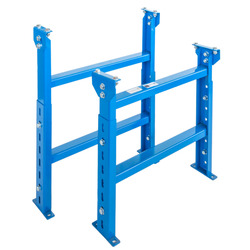
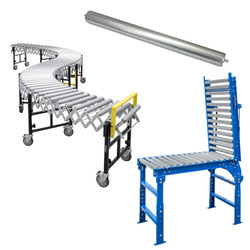
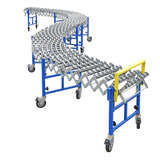



















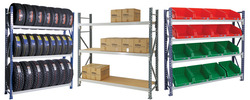
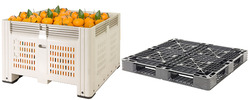
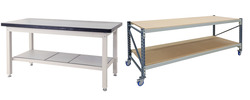
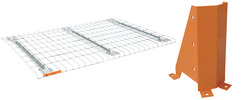
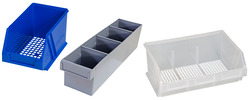

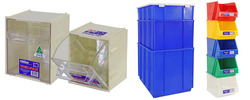

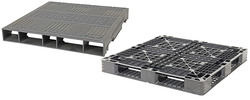

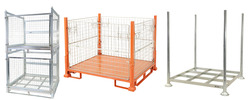
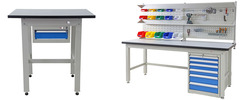
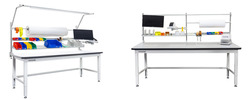

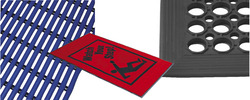
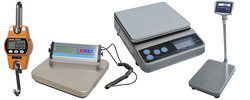



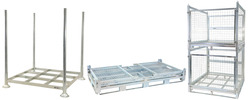
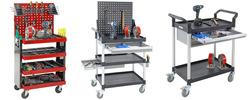
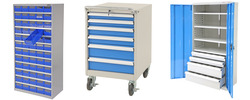







































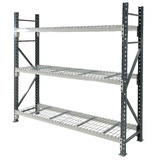















 Trolleys / Hand Trucks
Trolleys / Hand Trucks 2 Tier Trolleys
2 Tier Trolleys 3 Tier Trolleys
3 Tier Trolleys Aluminium Trolleys
Aluminium Trolleys Appliance & Hand Trucks
Appliance & Hand Trucks Cage Trolleys
Cage Trolleys Cleaning Carts & Trolleys
Cleaning Carts & Trolleys Construction Trolleys
Construction Trolleys Dollies
Dollies Foldable Trolleys
Foldable Trolleys Hospital Trolleys
Hospital Trolleys Laundry/Linen Trolleys
Laundry/Linen Trolleys Load Skates & Tow Tugs
Load Skates & Tow Tugs Mail / Office Trolleys
Mail / Office Trolleys Multi Purpose Trolleys
Multi Purpose Trolleys Multi-Tier Shelf Trolleys
Multi-Tier Shelf Trolleys Order Picking Trolleys
Order Picking Trolleys Panel Cart Trolleys
Panel Cart Trolleys Platform Trolleys
Platform Trolleys Powered Trolleys
Powered Trolleys Stainless Steel Trolleys
Stainless Steel Trolleys Tool Trolleys
Tool Trolleys Utility Carts
Utility Carts Warehouse Trolleys
Warehouse Trolleys Custom Trolleys
Custom Trolleys Lifting Equipment
Lifting Equipment Forklift Attachments
Forklift Attachments Jib Attachments
Jib Attachments Lifting Hoists & Pallet Hooks
Lifting Hoists & Pallet Hooks Manual Stackers & Lifters
Manual Stackers & Lifters Pallet Jacks
Pallet Jacks Pallet Lifters
Pallet Lifters Pallet Rotators & Dispenser
Pallet Rotators & Dispenser Powered Pallet Trucks & Electric Lifters
Powered Pallet Trucks & Electric Lifters Scissor Lift Trolleys and Tables
Scissor Lift Trolleys and Tables Conveyor Equipment
Conveyor Equipment Conveyor Frames
Conveyor Frames Conveyor Stands
Conveyor Stands Roller Conveyors
Roller Conveyors Skate Wheel Conveyors
Skate Wheel Conveyors Access Equipment
Access Equipment Container & Yard Ramps
Container & Yard Ramps Step Stools & Ladders
Step Stools & Ladders Work Platforms & Crane Cages
Work Platforms & Crane Cages Drum Handling
Drum Handling Drum Storage & Bunding
Drum Storage & Bunding Drum Trolleys & Lifters
Drum Trolleys & Lifters Forklift Drum Handling
Forklift Drum Handling Containment & Spillage
Containment & Spillage Aerosol Cans Storage Cages
Aerosol Cans Storage Cages Bunded Pallets & Storage
Bunded Pallets & Storage Corrosive Goods Storage Cabinets
Corrosive Goods Storage Cabinets Flammable Liquid Cabinets
Flammable Liquid Cabinets Forklift Gas Storage Cages
Forklift Gas Storage Cages Gas Cylinder Storage
Gas Cylinder Storage Site Storage
Site Storage Spill Kits
Spill Kits Stillage Cages
Stillage Cages Waste Handling
Waste Handling Bin Lifters & Tippers
Bin Lifters & Tippers Plastic Waste Bins and Carts
Plastic Waste Bins and Carts Steel Waste and Tipping Bins
Steel Waste and Tipping Bins Storage Equipment
Storage Equipment Heavy Duty Cabinets & Benches
Heavy Duty Cabinets & Benches Heavy Duty Shelving
Heavy Duty Shelving Mega Bins & Pallets
Mega Bins & Pallets Packing Benches
Packing Benches Pallet Racking Accessories
Pallet Racking Accessories Parts Trays & Stor-Pak Bins
Parts Trays & Stor-Pak Bins Pegboard & Louvre Panels
Pegboard & Louvre Panels Plastic Bins
Plastic Bins Plastic Handling Solutions Bins
Plastic Handling Solutions Bins Plastic Pallets
Plastic Pallets Stack & Nest Bins
Stack & Nest Bins Storage Cages
Storage Cages Workplace Equipment
Workplace Equipment Workbenches
Workbenches Modular Workbenches
Modular Workbenches Electric Height-Adjustable Workbenches
Electric Height-Adjustable Workbenches Floor Matting
Floor Matting Industrial Weighing Scales
Industrial Weighing Scales Pallet Wrapping & Packaging Machinery
Pallet Wrapping & Packaging Machinery Ramps
Ramps Stationery Cupboards
Stationery Cupboards Storage and Stillage Cages
Storage and Stillage Cages Tool Trolleys
Tool Trolleys Tooling Cabinets
Tooling Cabinets Wheelie Bins
Wheelie Bins Workshop Equipment
Workshop Equipment Safety Equipment
Safety Equipment Gloves and PPE
Gloves and PPE Pallet Rack Post Protectors
Pallet Rack Post Protectors Safety Barriers & Bollards
Safety Barriers & Bollards Safety Knives & Cutters
Safety Knives & Cutters Signs and Traffic Supplies
Signs and Traffic Supplies Tool & First Aid Boxes
Tool & First Aid Boxes Construction Equipment
Construction Equipment Concrete Equipment
Concrete Equipment General Site Equipment
General Site Equipment Lifting Equipment
Lifting Equipment Site Storage
Site Storage Waste
Waste  MHA's Specials
MHA's Specials











